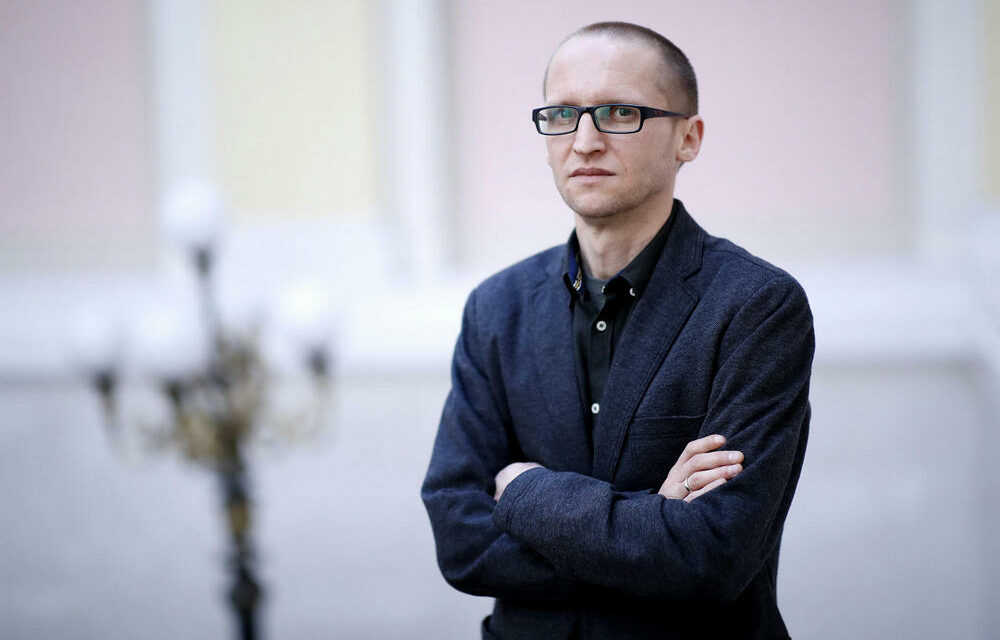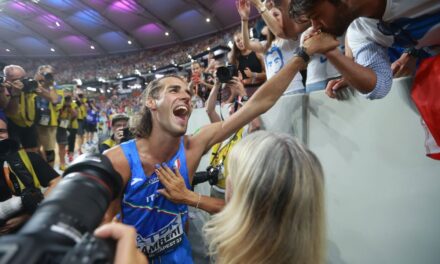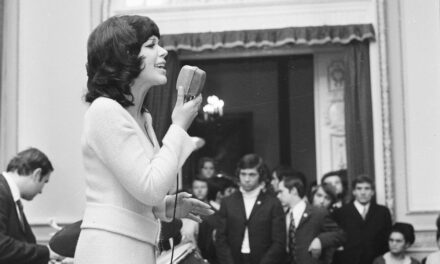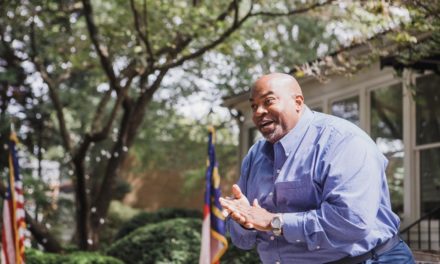The newly appointed director-general of the Hungarian National Museum explained why his proposal is revolutionary, that he would see unity in everything that was originally founded that way.
The transfer of knowledge that shows the unity of the Hungarian national cultural identity is the task of coordinated museum cooperation - said Demeter Szilárd, the current director general of the Petőfi Literary Museum, on Kossuth Rádió Good morning, Hungary! in his Thursday broadcast.
Demeter Szilárd, the director-general of the Hungarian National Museum, who took office on March 6, described the Széchényi Ferenc Public Collection Center with the metaphor of "strength together".
He emphasized: through coordinated cooperation, it must be achieved that the Museum of Applied Arts, the Hungarian Museum of Natural Sciences, the Hungarian National Museum, the National Széchény Library, the Hungarian Trade and Hospitality Museum and the Petőfi Literary Museum can jointly provide public service, museum pedagogy and knowledge transfer to cultivate, which can show the Hungarian national cultural identity in its unity.
He added: he doesn't like the ghetto logic characteristic of artistic life in recent decades, according to which writers, visual artists, and musicians are separate, and it is difficult to pass between them.
This is not good, because culture is a unified whole - he pointed out, emphasizing: in the 1970s and 80s, it worked much more naturally and organically in Hungary.
The Hungarian National Museum is not an institution that preserves dusty objects, but a center of knowledge, and it is a good task to show the diversity, unity and complexity of this knowledge, he emphasized.
Looking at the future, he would like the most that "if you ask anyone on the street, ten out of ten Hungarians will be able to accurately describe what the Hungarian National Museum is and why it is worth going there."
Demeter Szilárd explained to the question about his so-called revolutionary application: in 1802, Count Ferenc Széchényi offered his book collection to the Hungarian nation.
It was at this time that Kazinczy wrote his essay, in which he argues for the suitability of the Hungarian language as the language of public administration and the arts, it was born in the period when Vienna wanted to Germanize its empire.
So there was a linguistic turn, and the rooting out of the mother tongue culture began - recalled Demeter Szilárd, adding: when the discussions about the identity of the Hungarian National Museum began after the departure of the director general L. Simon László, he sought the answer that if we were to found a national museum now, then what it could be about.
He emphasized: it is about everything that is now outsourced in various institutions, in a state of weakness: "My revolutionary proposal was about reuniting what was originally founded that way".
MTI
Cover image: Demeter Szilárd
Source: MTI/Tibor Illyés












